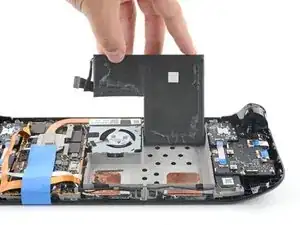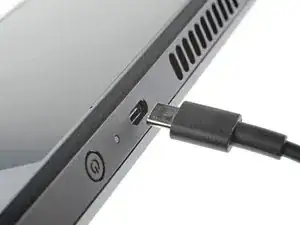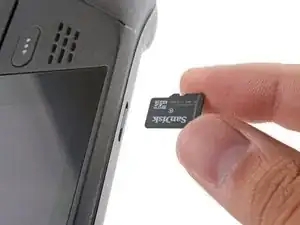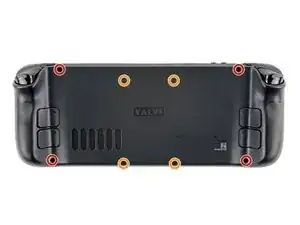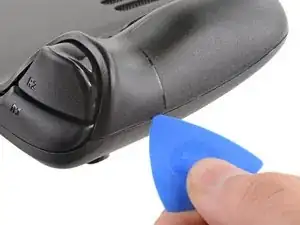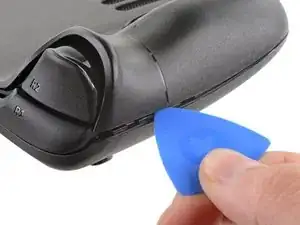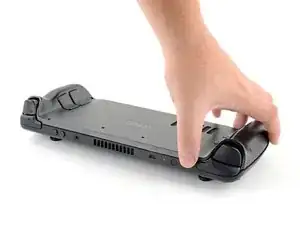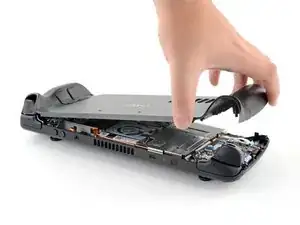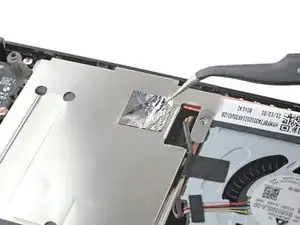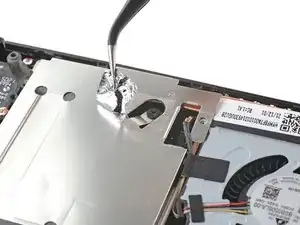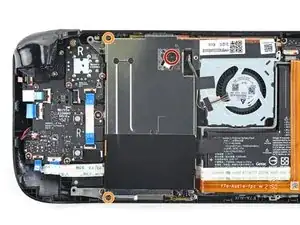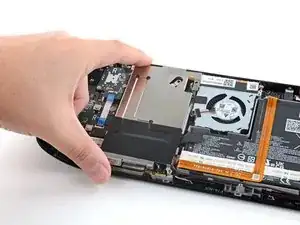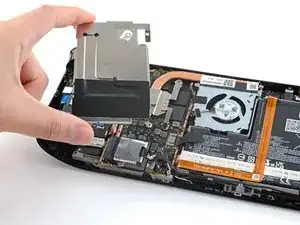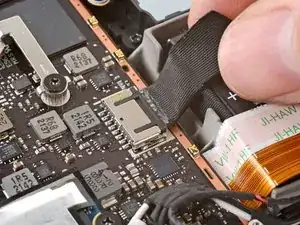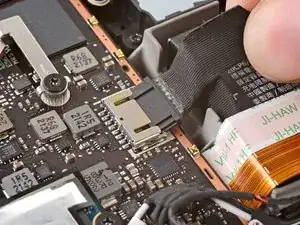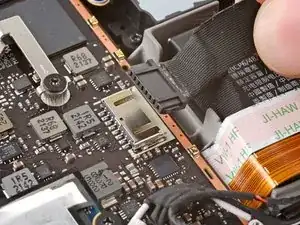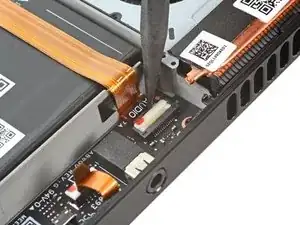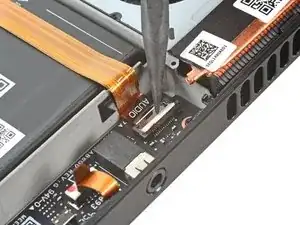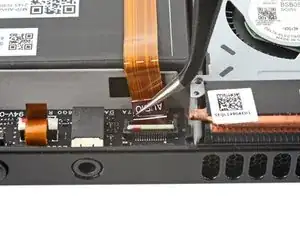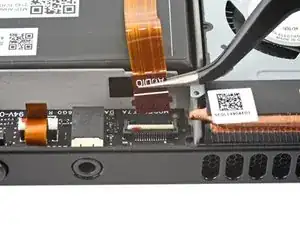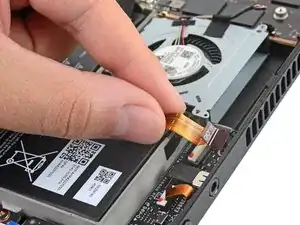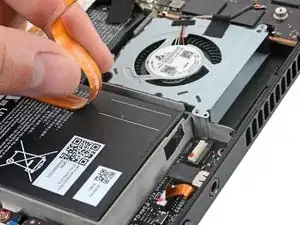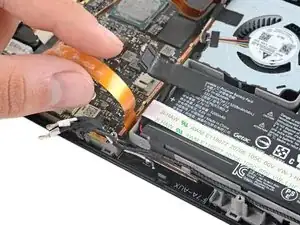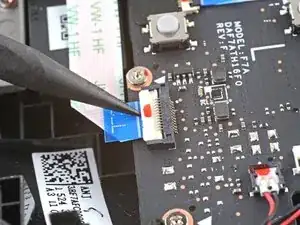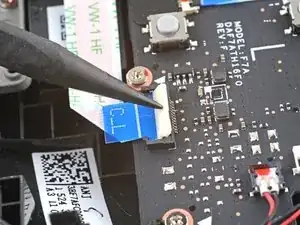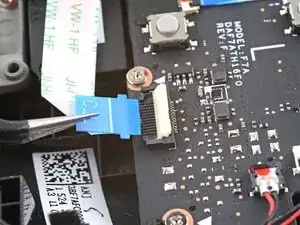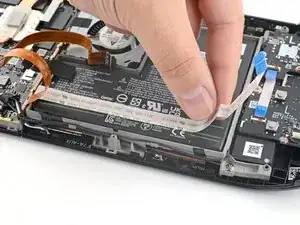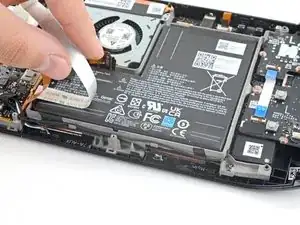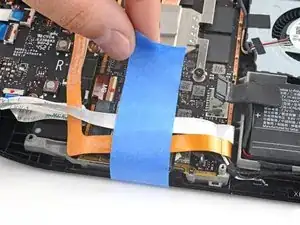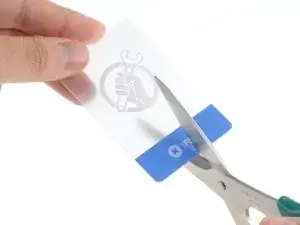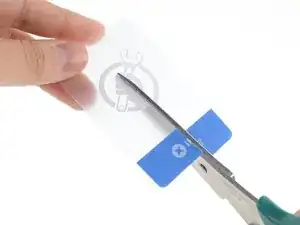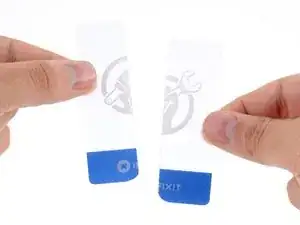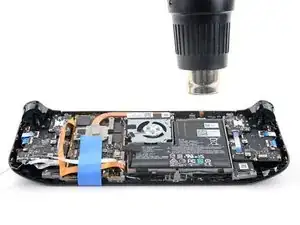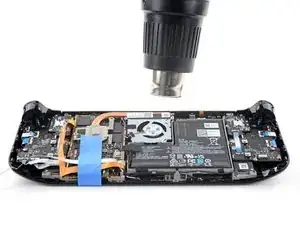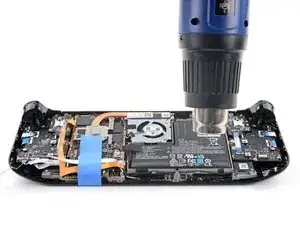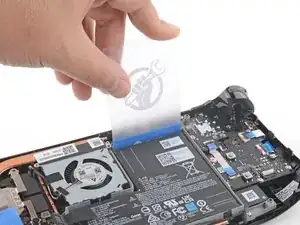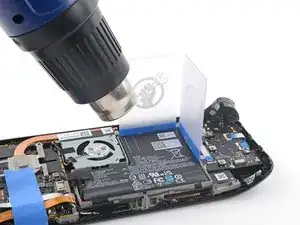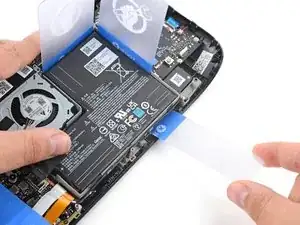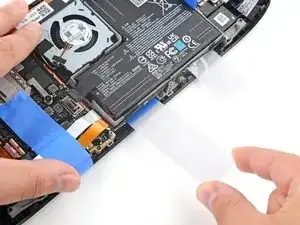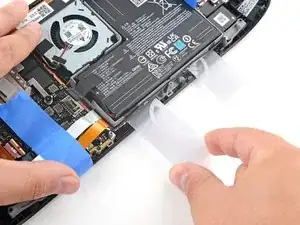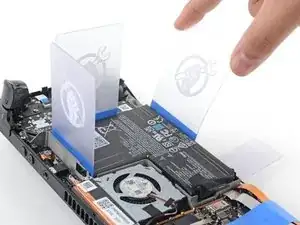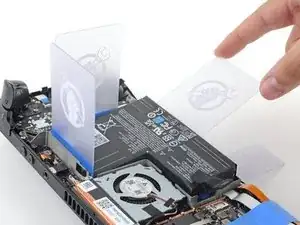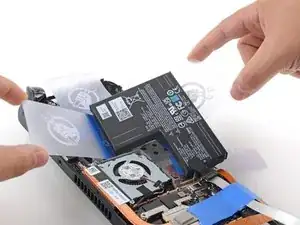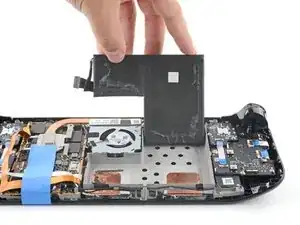Einleitung
Benutze diese Anleitung, um den Akku in deinem Steam Deck ohne Sicherheitsrisiko auszutauschen.
Um das Risiko von Schäden zu minimieren, schalte dein Steam Deck ein und entlade den Akku vollständig, bevor du mit dieser Reparatur beginnst. Ein geladener Lithium-Ionen-Polymer-Akku kann sehr gefährlich sein, wenn er versehentlich beschädigt wird. Das Erhitzen eines geladenen Akkus stellt eine Brandgefahr dar. Wenn dein Akku aufgebläht oder geschwollen aussieht, musst du zusätzliche Vorsichtsmaßnahmen treffen.
Hinweis: Der Akku ist sehr fest mit dem Steam Deck verklebt und erfordert daher mehrfaches Erhitzen und Hebeln. Die durch den iOpener erzeugte Hitze ist möglicherweise nicht ausreichend, ein Heißluftgebläse (oder ein Fön) sind in diesem Falls empfehlenswerter.
Achte während der Reparatur auf allgemeine Vorsichtsmaßnahmen zur Vermeidung von elektrostatischen Entladungen (ESD = engl. electrostatic discharge).
Nachdem der Akku entfernt wurde, darf er nicht wiederverwendet werden, um mögliche Gefahren zu vermeiden. Ersetze ihn deshalb mit einem neuen Akku.
Werkzeuge
Ersatzteile
-
-
Benutze einen Kreuzschlitzschraubendreher, um die acht Schrauben zu entfernen, mit denen die Rückabdeckung befestigt ist:
-
Vier 9,5 mm Schrauben
-
Vier 5,8 mm Schrauben
-
-
-
Setze ein Plektrum in den schmalen Spalt an der Kante des rechten Griffs zwischen Rückabdeckung und Vordergehäuse ein.
-
Heble an der Rückabdeckung, um die Verschlussclips zu lösen.
-
-
-
Fasse die Rückabdeckung an der eben entstandenen Öffnung und ziehe sie vom Gerät weg, um die Clips an den langen Kanten zu lösen.
-
Entferne die Rückabdeckung.
-
-
-
Entferne mithilfe einer Pinzette das Stück Klebefolie auf der versteckten Schraube auf der Platinenabschirmung.
-
-
-
Benutze einen Schraubendreher, um die drei Kreuzschlitzschrauben zu entfernen, mit denen die Abschirmung der Platine befestigt ist:
-
Eine 3,4 mm Schraube
-
Zwei 3,7 mm Schrauben
-
-
-
Fasse das Akkukabel an seiner Zuglasche und ziehe es vom Motherboard weg, um es abzutrennen.
-
-
-
Benutze das spitze Ende eines Spudgers, um den kleinen Sicherungsbügel am ZIF-Steckers des Audio-Kabels anzuheben.
-
-
-
Benutze das spitze Ende eines Spudgers, um den kleinen Sicherungsbügel am ZIF-Stecker des Tastenplatinen-Kabels anzuheben.
-
Schiebe das Kabel mit einer Pinzette aus seinem Stecker heraus.
-
-
-
Schneide eine Kunststoffkarte der Länge nach entzwei.
-
Runde die scharfen Ecken ab, um zu vermeiden, dass sie den Akku zerkratzen oder durchstechen.
-
-
-
Setze eine nicht zerschnittene Plastikkarte zwischen die Oberkante des Akkus und den Rahmen.
-
Setze eine zweite Plastikkarte zwischen die rechte Kante des Akkus und den Rahmen.
-
-
-
Setze eine Hälfte der zerschnittenen Kunststoffkarten nahe an der rechten Unterkante unter den Akku.
-
Drücke die Karte hinein, um den Akku-Kleber zu durchschneiden, und wackle sie dabei hin und her.
-
-
-
Setze die zweite Hälfte der zerschnittenen Kunststoffkarte nahe an der linken Unterkante unter den Akku.
-
Drücke die Karte hinein, um den Akku-Kleber zu durchschneiden, und wackle sie dabei hin und her.
-
-
-
Setze eine Kunststoffkarte an der Unterkante unter den Akku und heble den Akku vom Rahmen weg.
-
Hebe den Akku hoch und weg vom Steam Deck, um den Kleber komplett abzulösen.
-
Wenn du Schwierigkeiten hast, wiederhole das Erhitzen und Hebeln um alle Kanten herum, bis sich der Akku ablöst.
-
-
-
Entferne den Akku.
-
Befeuchte ein fusselfreies Tuch mit Isopropylalkohol (>90%) und entferne damit alle Klebereste aus der Vertiefung, in die der Akku kommt.
-
Ziehe die Schutzfolien auf einer Seite der neuen Klebestreifen ab und klebe die Klebestreifen auf den neuen Akku, wobei du deinen alten Akku als Vorlage benutzen kannst, um zu sehen, wohin sie genau kommen.
-
Ziehe die restliche Schutzfolie auf der andere Seite ab. Setze den Akku ein und drücke ihn fest.
-
Um dein Gerät wieder zusammenzubauen, folge den Schritten dieser Anleitung in umgekehrter Reihenfolge.
Entsorge deinen Elektromüll fachgerecht.
Lief die Reparatur nicht wie geplant? Versuche es mit einigen grundsätzlichen Lösungsansätzen, ansonsten findest du in unserem Steam Deck Forum Hilfe bei der Fehlersuche.
8 Kommentare
Is it safe to apply small amounts of >90% isopropyl alcohol under the battery to loosen the adhesive bond? Or would that drip into the screen or other components and potentially cause damage?
Your mileage may vary. Isopropyl alcohol may be an effective method to loosen the adhesive, but you run the risk of excess leaking onto or into the display or other components, due to the cutouts on the battery tray. Your second sentence is spot-on, hence the recommendation to carefully use heat instead.
Why couldn’t they of used pull tabs for the adhesive so this process would not be so difficult and tedious. It would also be less risk of over heating the battery/steam deck or puncturing the battery. This is really the only design choice I can criticize of the steam deck. Pull tabs would of made this a repair the average person could achieve.
It seems crazy to me that they made this process so difficult, surely battery is one of (if not THE) most common things that you'll need to eventually replace? I suppose they must have been limited by what they could achieve?
